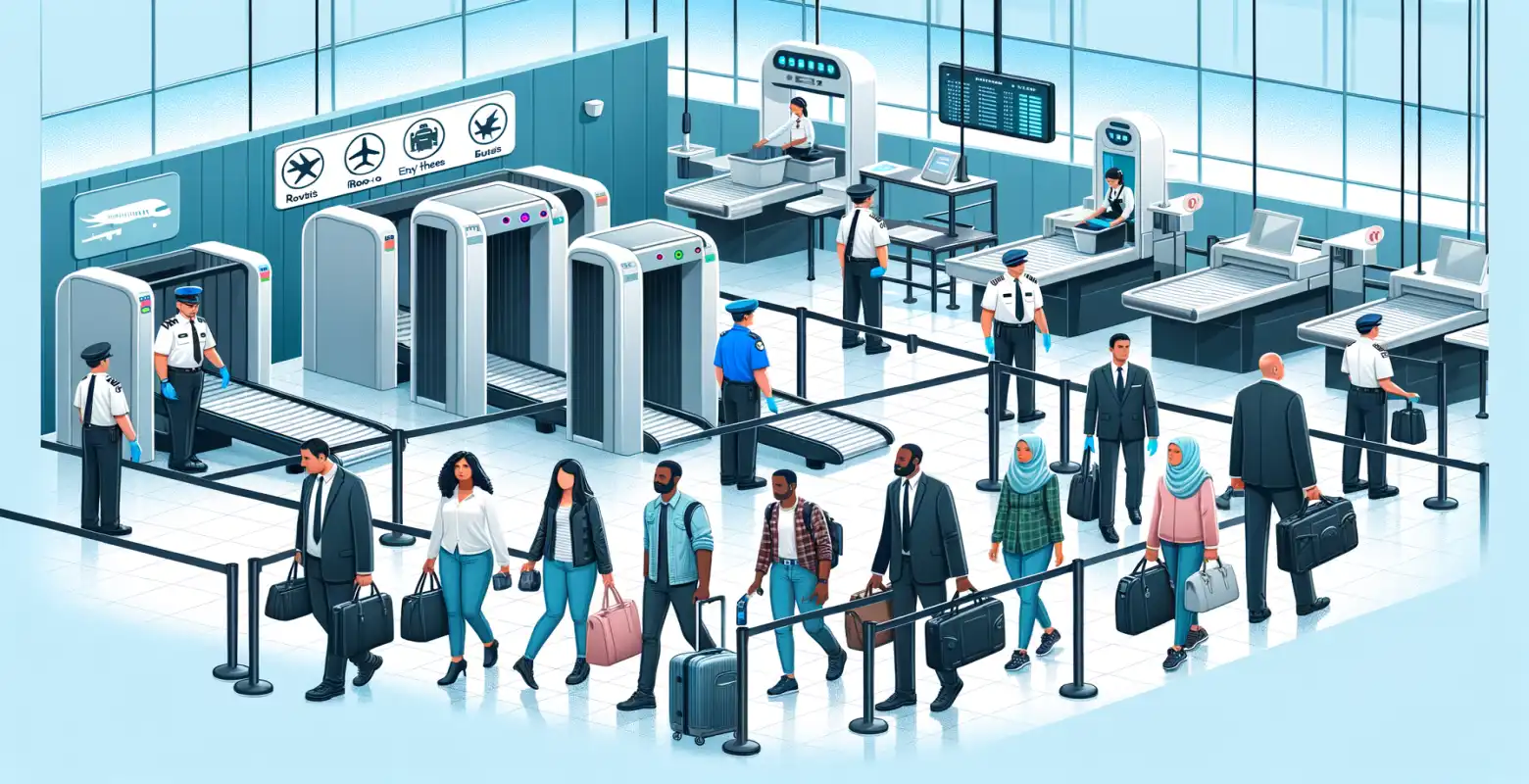What does security control at airports look like? New standards
Introduction
Air travel has become an integral part of modern life, both professionally and personally. The increase in the number of passengers and the development of commercial aviation has necessitated the establishment of rigorous safety standards at airports. Security control is crucial to ensure the safety of passengers and airport personnel, while also ensuring smooth check-in and travel comfort. In this article, we will look at what security control procedures at airports look like and what new standards are being introduced to increase efficiency and safety.
History and development of security procedures at airports
Safety in aviation has always been a priority, but events such as the September 11, 2001 attacks in the United States brought about a significant change in the approach to security procedures at airports. Following these events, a series of new regulations and technologies were introduced to prevent similar incidents. Among them were intensified baggage checks, more detailed passenger identification procedures, and the introduction of security zones where each passenger undergoes thorough inspections.
Standard security control procedures
The basic security control procedures involve several key stages. The first is the checked baggage screening, which is scanned using advanced X-ray scanners. The second step is the screening of carry-on baggage and personal passenger checks. Each passenger must pass through a metal detector gate, and carry-on baggage is scanned for the presence of dangerous materials.
In case of detecting suspicious items, the passenger may undergo a more detailed inspection, which includes the use of a handheld metal detector or a personal search. Items such as liquids are limited to containers with a maximum capacity of 100 ml and must be packed in transparent, sealable bags.
New technologies used in security control
In recent years, airports worldwide have begun implementing new technologies aimed at improving the efficiency and effectiveness of security control. One such solution is millimeter wave body scanners, which allow for a more detailed inspection of the passenger without the need for a personal search. This technology is less invasive and significantly speeds up the screening process.
Another innovative solution is intelligent carry-on baggage scanners that utilize 3D technology for content analysis. This enables the detection of potentially dangerous items with greater precision, reducing the number of false alarms and speeding up the check-in process.
Challenges related to security control at airports
Despite significant technological advancements, security control at airports still presents many challenges for airport managers. One of the main issues is striking a balance between security and passenger convenience. Long queues and time-consuming procedures can lead to traveler frustration. Therefore, it is crucial for new technologies to be not only effective but also fast and user-friendly.
Another challenge is the protection of passengers' personal data. Modern technologies, such as biometrics, require processing a large amount of personal data, raising concerns about privacy. Airport authorities must ensure that all procedures comply with applicable data protection regulations.
The future of security control at airports
In the future, we can expect further development of technologies used in security control at airports. Among potential trends is the advancement of biometric identification systems, which may completely replace traditional methods of verifying passengers' identities. Facial recognition or fingerprint scanning will enable faster and more reliable security checks, contributing to increased safety and passenger comfort.
Another direction of development is the integration of artificial intelligence into security control processes. AI systems can analyze data in real-time, identifying behavioral patterns that may indicate potential threats. This allows for faster responses to crisis situations and prevention of incidents.
Summary
Security control at airports is an extremely important aspect of modern travel. The introduction of new technologies and procedures allows for increased efficiency in check-in and ensures the highest level of safety. Challenges related to balancing security and passenger comfort, as well as protecting personal data, remain relevant, but technological advancements offer hope for effective solutions. As aviation continues to evolve, we can expect further innovations that will make travel even safer and more comfortable.






Number of comments: 0